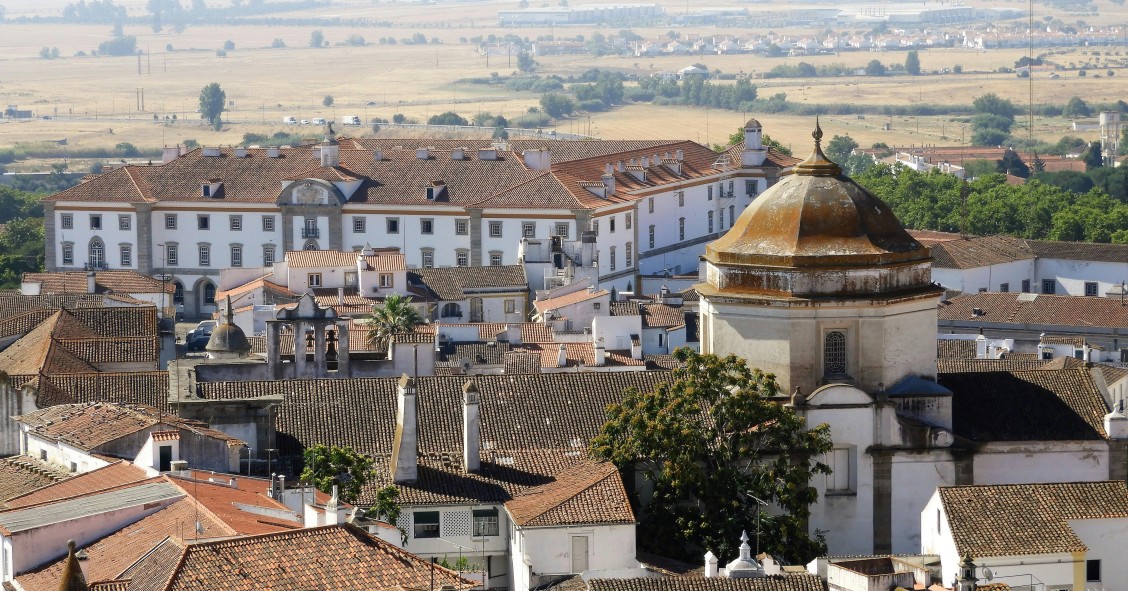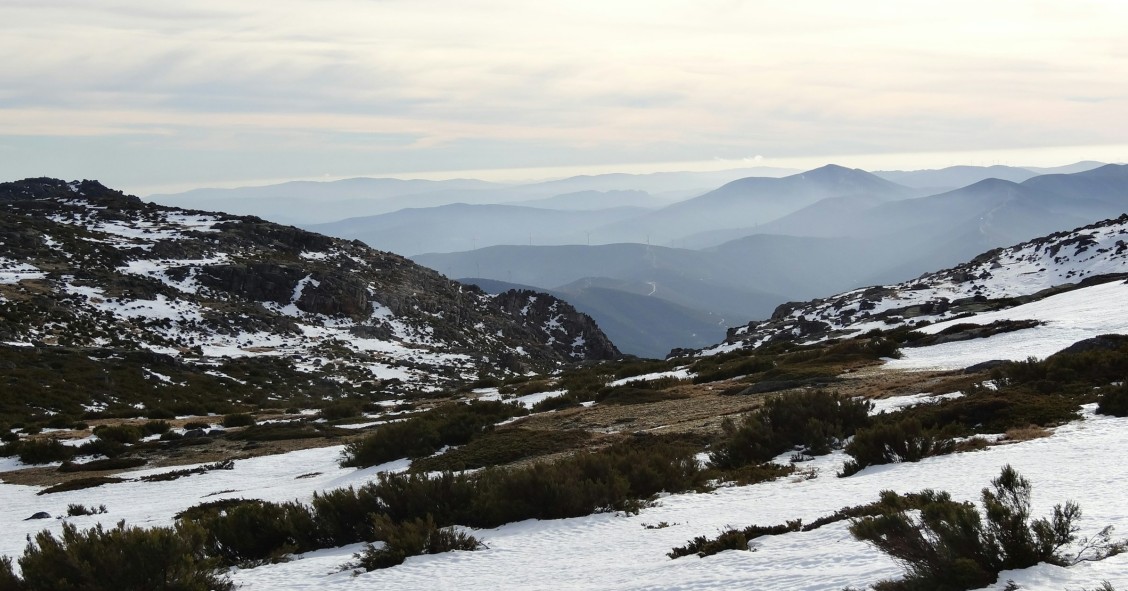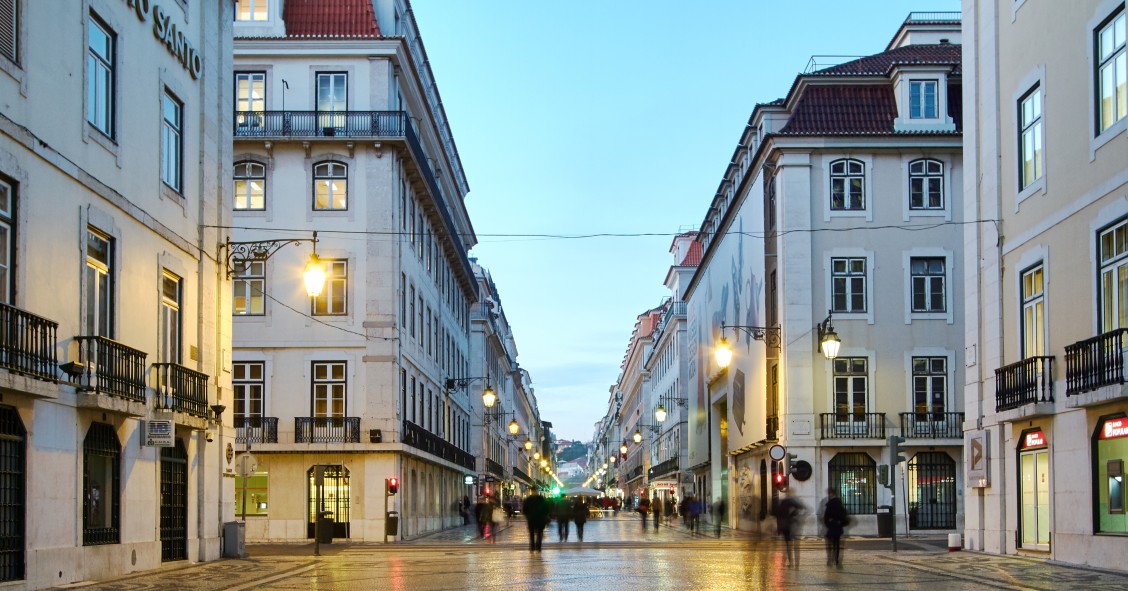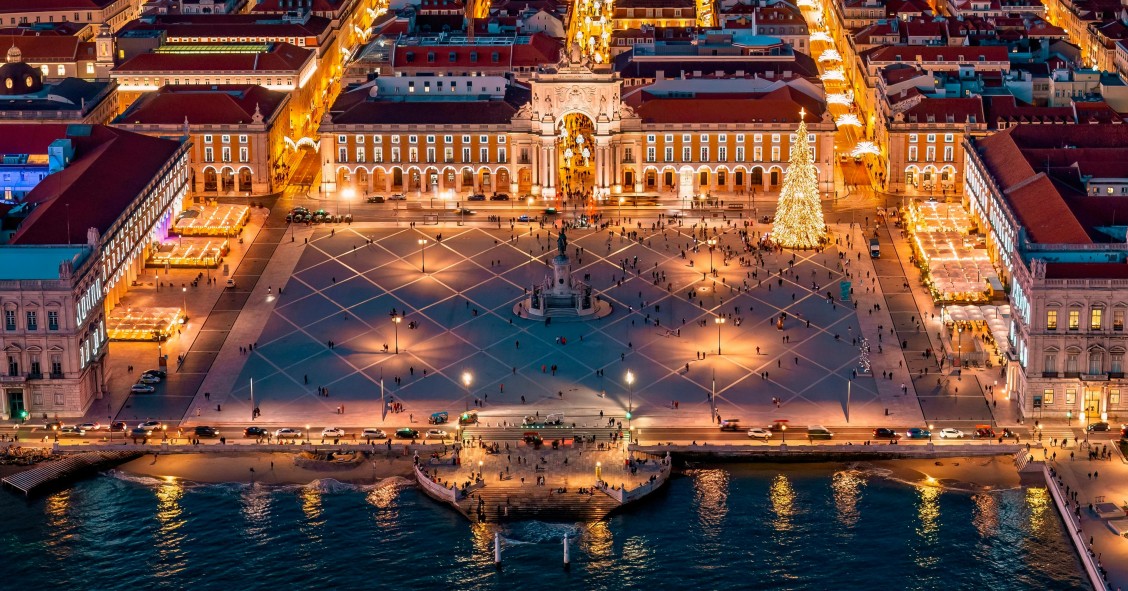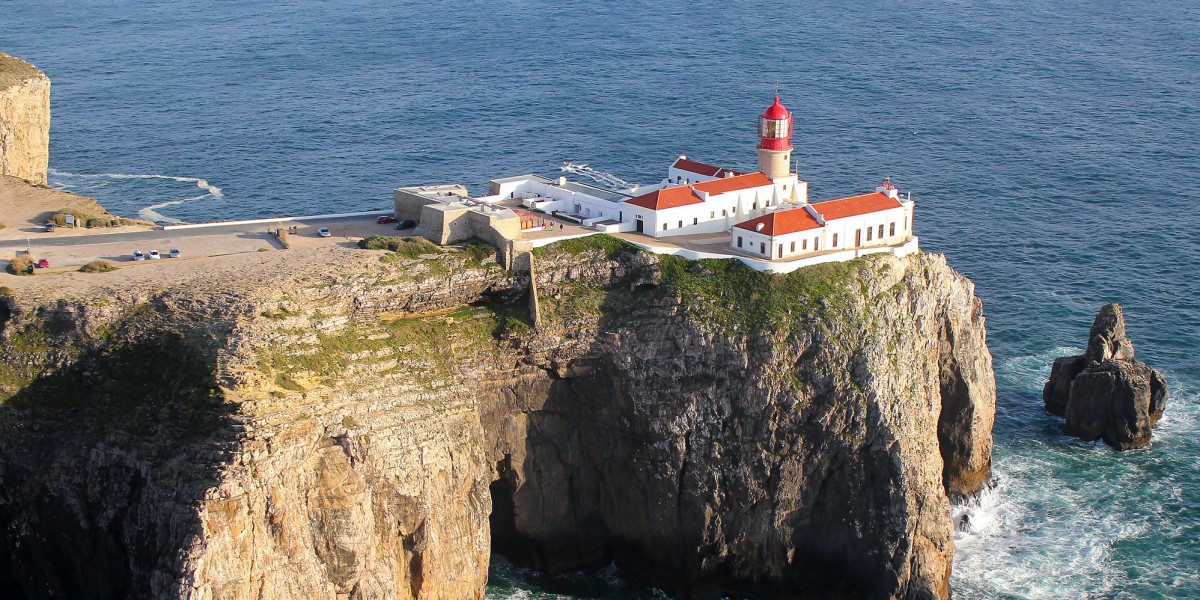
Cabo de São Vicente, located at the extreme southwest of mainland Portugal in the Algarve region, is one of the most iconic and historically rich points in the country. This promontory, which rises majestically above the Atlantic Ocean, has been an important landmark for both navigators and Portuguese culture throughout the centuries. Its strategic location, where the turbulent waters of the Atlantic meet the tranquillity of the Mediterranean, has given it a crucial role during the era of Portuguese discoveries and continues to be a point of interest for tourists and scholars alike. Let's find out more about Cabo de São Vicente, the "End of the World" in Portugal.
Cabo de São Vicente: history
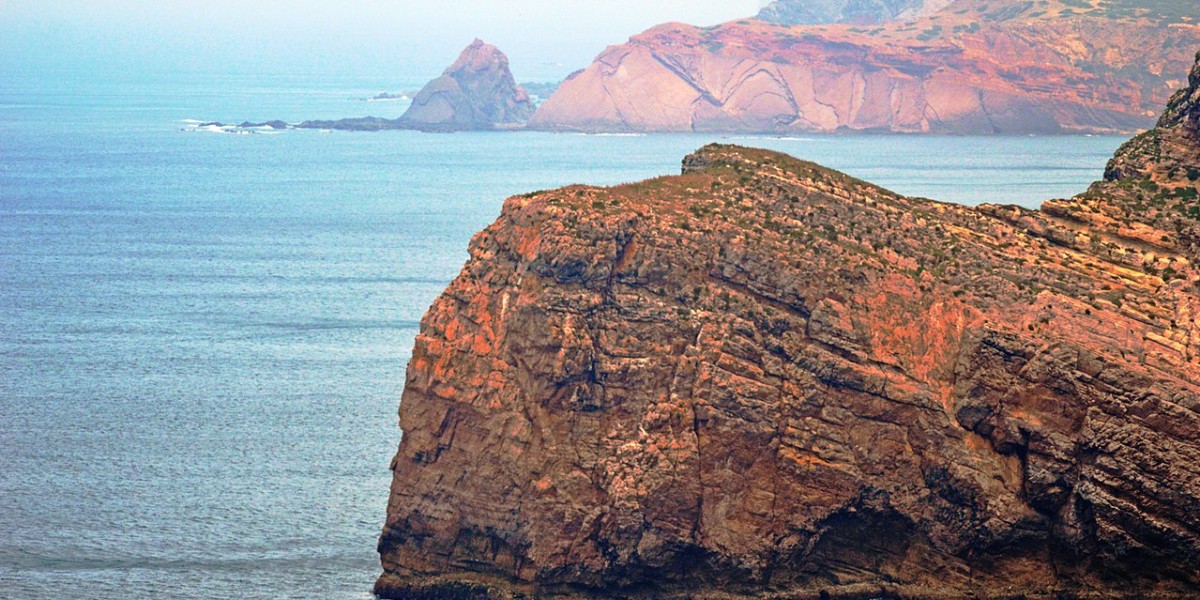
The history of Cabo de São Vicente is rich and varied, dating back to antiquity when it was known to the Romans as "Promontorium Sacrum," the sacred promontory. It is believed that the Romans built a temple at this site to honour their sea god, which later gave rise to the name "São Vicente."
During the Middle Ages, the cape served as a defensive point against invasions and piracy, being fortified with various structures, including the notable Fortaleza do Beliche.
With the advent of the Age of Discoveries, Cabo de São Vicente assumed new significance. It was often the last sight of homeland for navigators setting off in search of new worlds. The cape's lighthouse, one of the most powerful in Europe, was built in the 19th century and continues to be a vital asset in maritime navigation.
Cabo de São Vicente: things to do
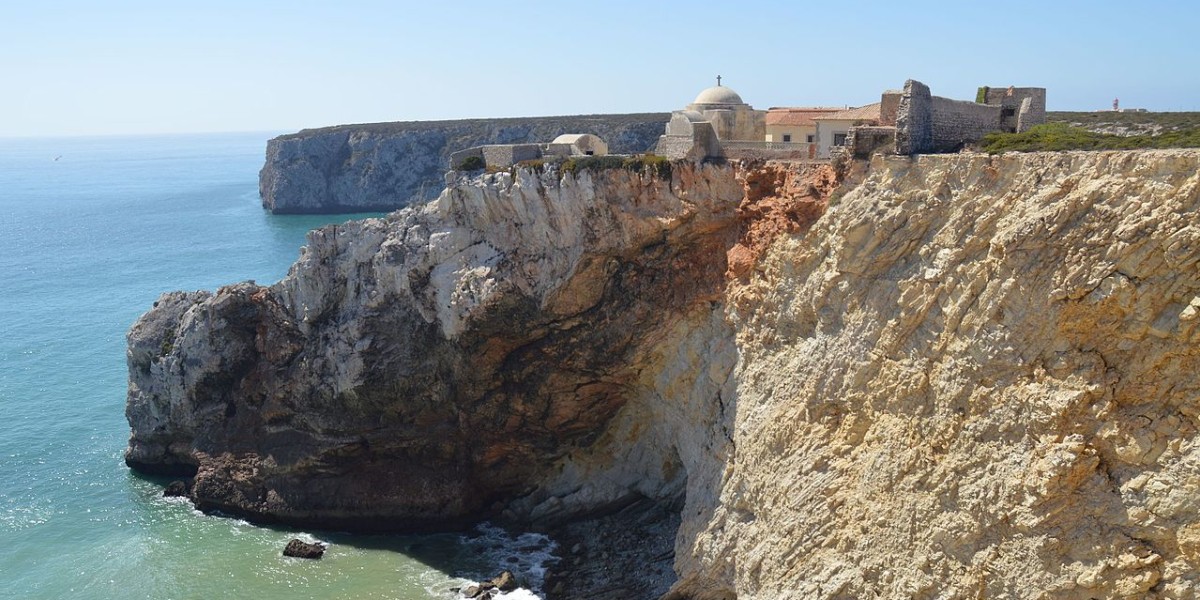
Exploring the surroundings of Cabo de São Vicente is to immerse oneself in a fascinating combination of history and nature. This location is not only known for its crucial role in the Age of Discoveries but also for its breathtaking landscapes. Here, you will discover two of the main attractions that you cannot miss.
Cabo de São Vicente Lighthouse
Built under the orders of Queen Maria II, it began operation in October 1846. It was initially illuminated with oil, and the light pattern consisted of two flashes lasting two seconds every two minutes, with a luminous range of approximately six nautical miles. In 1897, renovation work commenced, resulting in the tower being raised by 5.70 metres and the original optical apparatus being replaced with a new one.
Fortaleza do Beliche
Located near the lighthouse, this historic fortress offers insight into the coastal defence of the region and adds a historical element to the tourist route, enriching the experience for visitors. The fortress was partially destroyed by the fleet of the privateer Francis Drake in 1587, rebuilt in the 17th century, and severely damaged by the 1755 earthquake. In the 1960s, it was restored and converted into a guesthouse.
How to get to Cabo de São Vicente
Cabo de São Vicente is situated near Sagres, at the extreme southwest of Portugal. The most common and easiest way to get there is by car, although there are also bus services available.
- By car: If you leave from the town centre, the journey takes about 9 minutes via the N268. You can take the opportunity to enjoy the coastal views along the way.
- By bus: There are regular bus services, such as the 47, which connect Sagres to Cabo de São Vicente.
Living in Sagres
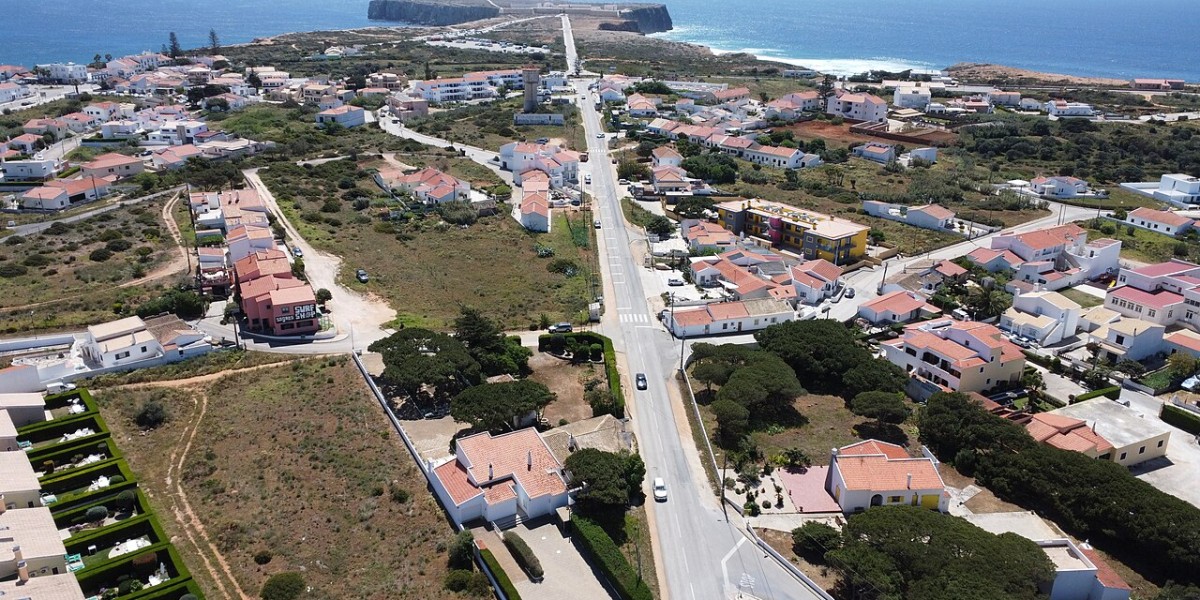
Sagres, a picturesque village located in the extreme southwest of Portugal, is known for its natural beauty and tranquil atmosphere. Living in Sagres, in the Faro district, is a unique experience, characterised by its closeness to the sea and the rich history surrounding the region. This place not only offers a perfect retreat for those seeking peace and a connection with nature but also outdoor activities that make the most of the coastal environment.
Life in Sagres largely revolves around the sea. Fishing, surfing, and other water sports are common activities among residents and visitors. The beaches of Sagres, such as Praia do Martinhal and Praia do Beliche, are famous for their beauty and ideal surfing conditions. Additionally, the proximity to Cabo de São Vicente attracts many tourists and nature lovers, contributing to a vibrant atmosphere during the summer months.
